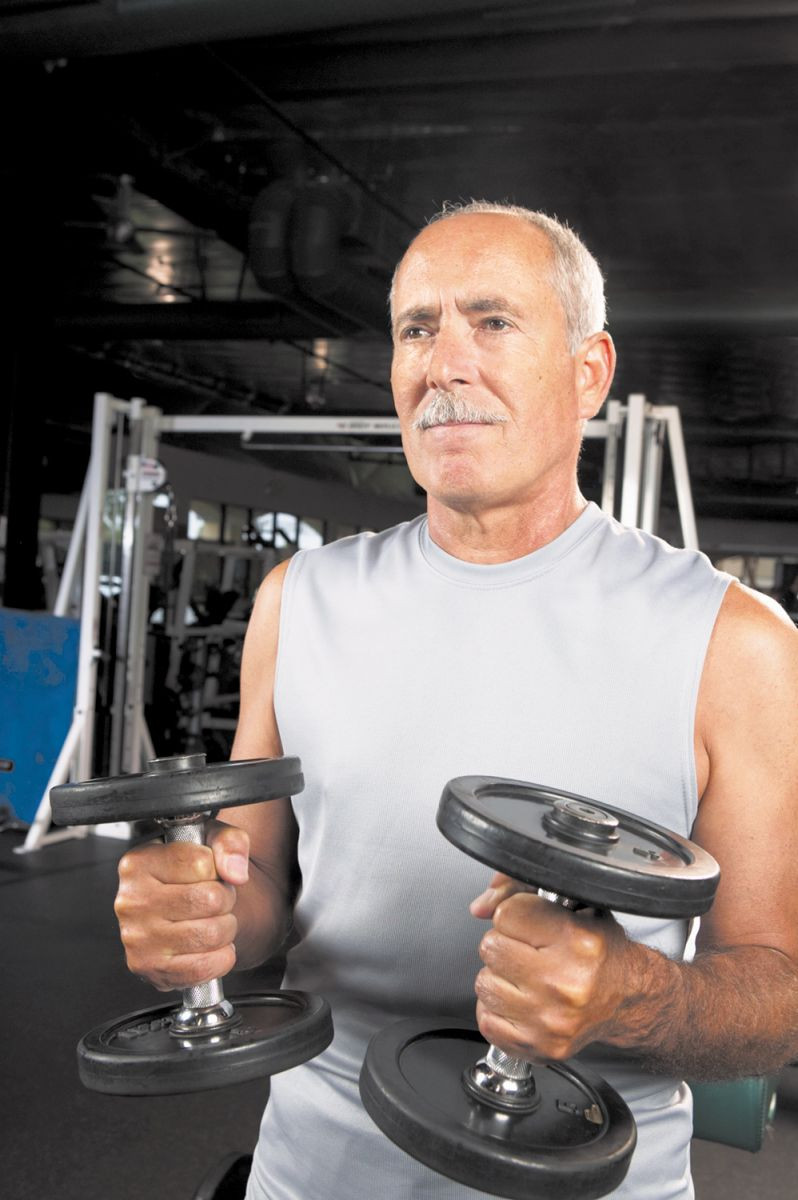Maintaining muscle mass is crucial to ensuring a high quality of life as we age, a battle that becomes increasingly significant the older we get. Sarcopenia, the age-related loss of muscle mass, affects not only our strength and mobility but also increases the risk of falls and related fractures, making everyday activities potentially more hazardous. Understanding and combatting this natural decline, as emphasized by experts from Harvard Health, can significantly impact our overall wellness and ability to lead an active, independent life even into our later years.
The progression of sarcopenia, starting as early as the age of 30, underscores the importance of proactive measures to curb its effects. A targeted approach, including progressive resistance training (PRT) and an adequate protein intake, has been highlighted as an effective strategy. These interventions not only stem the tide of muscle loss but can even reverse some of its impacts, enhancing strength and mobility. Implementing these changes requires dedication and a well-established plan but promises substantial dividends in maintaining one’s autonomy and quality of life.
When it comes to building and preserving muscle mass, adopting the right strategies is essential. PRT stands out as a highly recommended approach, gradually increasing workout intensity to match improving strength and endurance. This method not only facilitates muscle growth but also helps avoid stagnation in progress. Furthermore, the role of diet, particularly protein intake, cannot be overstated. Older adults, due to anabolic resistance, need a higher intake of protein to stimulate muscle synthesis efficiently, with recommendations suggesting adjustment based on body weight and concomitant resistance training.

However, muscle health isn’t solely about strength; power also plays a pivotal role. The generation of quick, powerful movements, especially in the lower body, significantly enhances overall physical function and the ease of performing daily activities. Incorporating simple power exercises into your routine, like rising swiftly from a chair or pushing off quickly while climbing stairs, can train your muscles to use their strength more effectively. Complementing these activities with a structured PRT program tailored to individual capabilities and goals can lead to noticeable improvements in muscle mass and power, crucial for supporting an active, independent lifestyle.
Embarking on a journey to improve muscle health begins with understanding the combination of factors at play, including the need for a strategic exercise program and a diet rich in the right nutrients. Consulting healthcare professionals and personal trainers can provide a personalized pathway to safely and successfully enhance muscle mass and function. By adopting these strategies, individuals can arm themselves against the impacts of age-related muscle loss, securing not only their independence but also their wellbeing for years to come.






